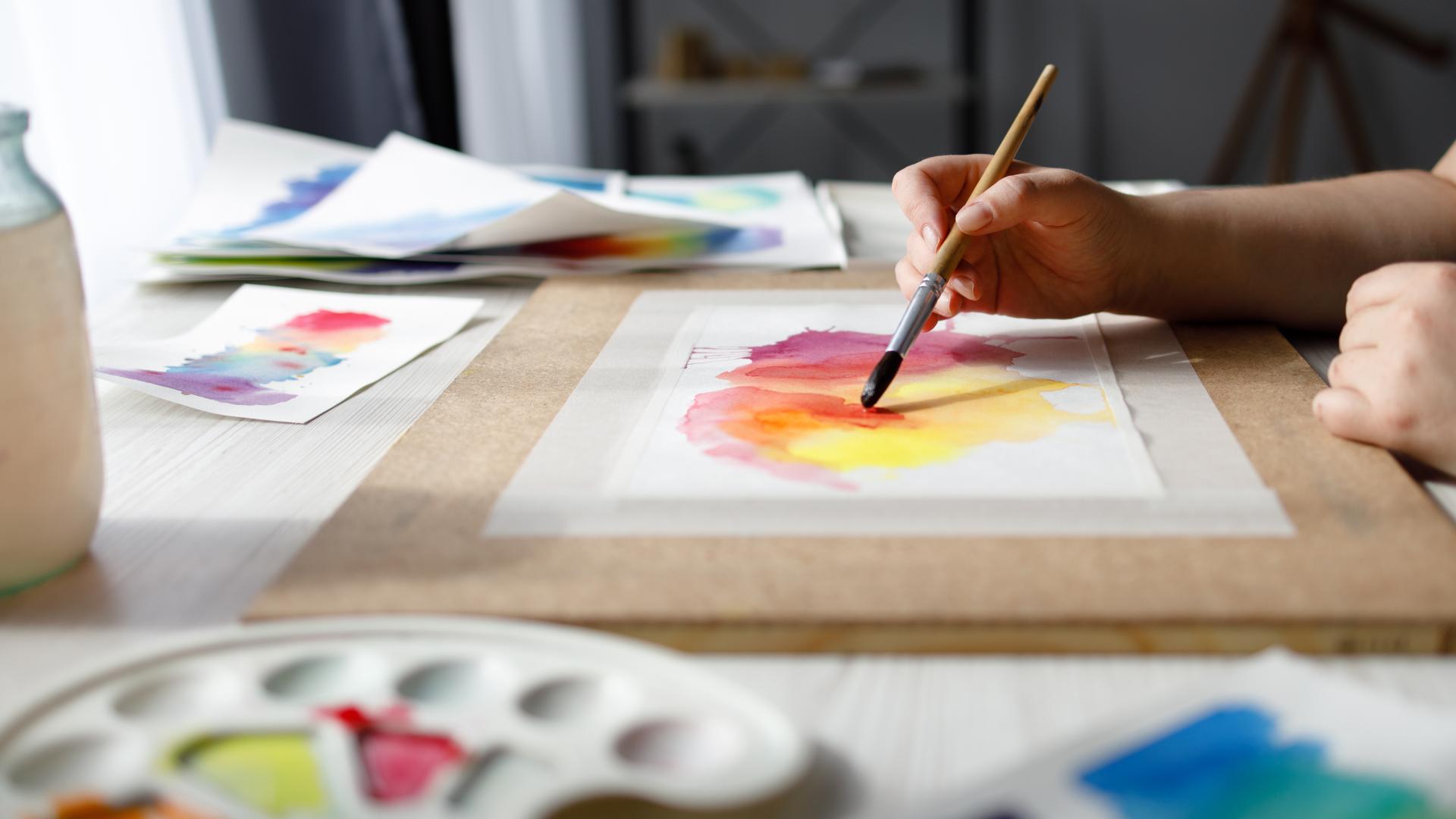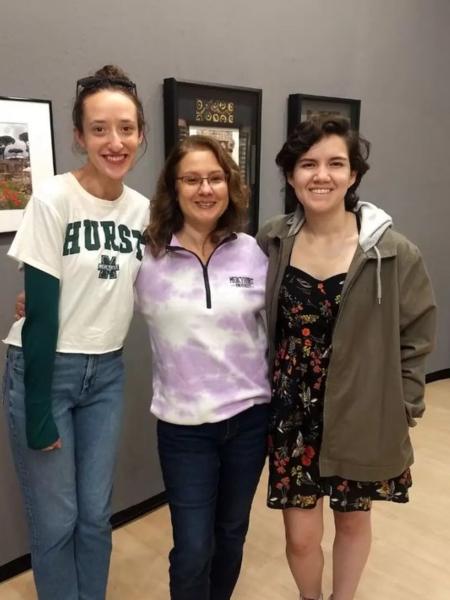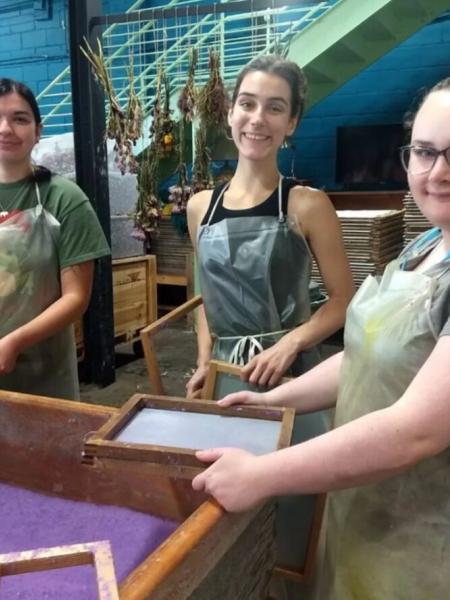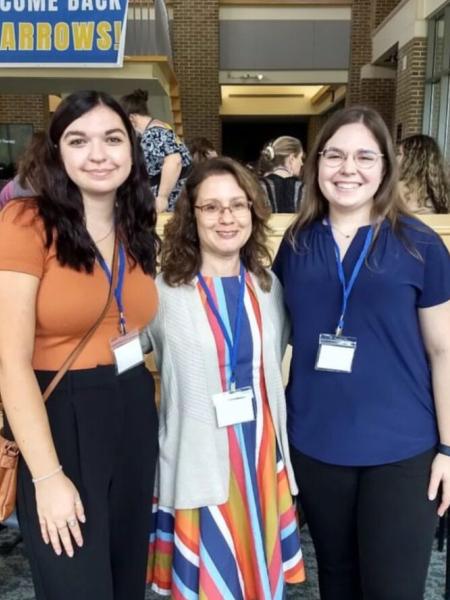
Art Therapy
Minor
Course Requirements
- ART 100: Drawing I (3 credits)
- ART 102: Ceramics I (3 credits)
- ART 128: Basic Computer Design (3 credits) OR ART 101/105 Painting 1: Watercolor or Acrylic (3 credits)
- ARTH 125: Art Therapy: Introduction I (3 credits)
- ARTH 225: Art Therapy II: Materials and Methods (3 credits)
- ARTH 325: Art Therapy III: Practices (3 credits)
- PSYC 101: Introduction to Psychology (3 credits)
Learning Outcomes
- Developing perception, skill, and creativity, including demonstrations, practice, and projects in various techniques from gesture to final form renderings.
- Taking a 3-dimensional art course designed to present a foundation for the technical and aesthetic aspects of ceramic art, emphasizing lecture, demonstration, discussion, and studio experience; this includes hand building, wheel throwing, glazing, and firing kilns.
- Taking an introduction to basic design concepts, computer literacy, and software competency, as well as experiencing three of the basic types of publishing tools used by designers -- Photoshop, Illustrator, and InDesign OR gaining studio experience designed to develop skill and creativity, including demonstrations, practice, and projects in various techniques from transparent watercolor to gouache/alla prima to hard edge.
- Presenting therapeutic qualities through art therapy's origins, history, occupational applications, and therapeutic approaches.
- Creating works that exemplify an interaction of creativity, healing potential, and cognitive awareness, emphasizing comprehension of aspects through the student's written and verbal explanations, as well as testing.
- Exploring artistic methods and materials that lend themselves to psychological reflection and insight, as well as use in therapeutic settings.
- Realizing the factors that can encourage therapeutic art making through art therapy experientials, discussion, historical reference, service learning opportunities, and assessment of acquired knowledge.
- Studying various community and agency settings, as well as therapeutic art-making approaches.
- Preparing students for an art therapy internship through studies, previously attained information, and service learning.
- Taking a general introduction to the science of behavior and mental processes, including learning, memory, perception, motivation, personality, psychopathology, and social interaction.
Resources
Contact Us
Heather Denning, M.A., LPAT, ATR-BC, ATCS, LSW
Chair, Department of Art, Design, and Communication
Director of Art Therapy
Office: Zurn 121A
Meet the Faculty
Art, Design, and Communication












